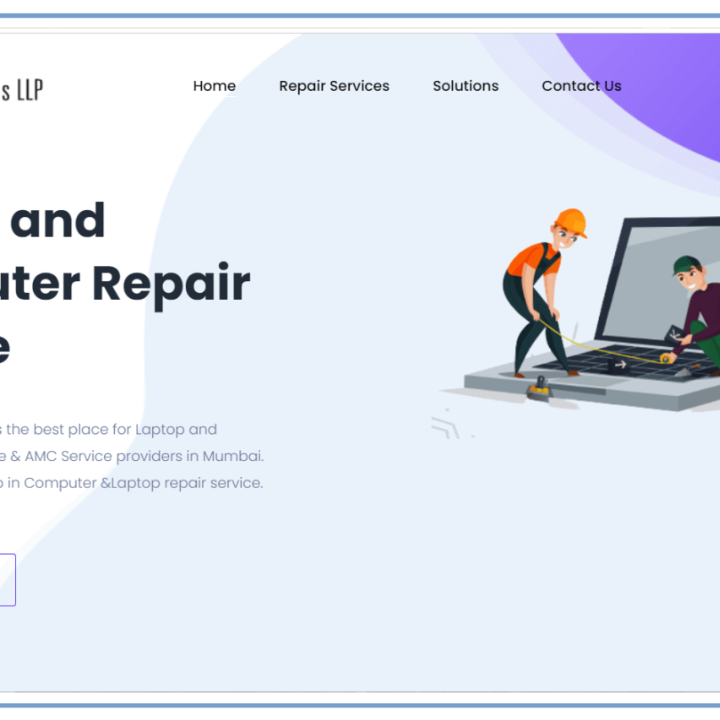Introduction to SEO Understanding the Basics
Introduction to SEO Understanding the Basics:
SEO, or Search Engine Optimization, is the practice of optimizing a website to improve its visibility and rankings in search engine results pages (SERPs). In simpler terms, it involves making changes to your website and its content to ensure that search engines like Google can understand and rank your site higher for relevant search queries.
The goal of SEO is to attract organic (non-paid) traffic to your website. When people search for information, products, or services related to your website’s content, you want your site to appear prominently in the search results. Studies show that the majority of users tend to click on the top results, so higher rankings can lead to increased visibility, traffic, and potential conversions.
Key Components of SEO:
- Keywords: These are the words or phrases that users enter into search engines when looking for information. Conducting keyword research helps identify relevant keywords to target in your website content.
- On-Page Optimization: This involves optimizing various elements on your website, such as title tags, meta descriptions, headings, and content, to align with targeted keywords and improve relevancy for search engines.
- Off-Page Optimization: This refers to activities done outside of your website to improve its visibility and authority. It primarily involves building high-quality backlinks from other reputable websites to signal to search engines that your site is trustworthy and valuable.
- Technical SEO: This focuses on improving the technical aspects of your website to make it more accessible and understandable for search engines. It includes optimizing site speed, mobile-friendliness, crawl ability, URL structure, and implementing structured data markup.
- User Experience: Providing a positive user experience is crucial for SEO. A well-designed and easy-to-navigate website with relevant and engaging content helps retain visitors, reduce bounce rates, and increase the chances of conversion.
- Content Creation: Producing high-quality, informative, and engaging content is vital for both users and search engines. Creating content that satisfies user intent, answers their questions, and provides value increases the likelihood of ranking higher in search results.
- Analytics and Tracking: Monitoring and analyzing data through tools like Google Analytics helps you understand your website’s performance, track keyword rankings, identify areas for improvement, and measure the effectiveness of your SEO efforts.
Introduction to SEO Understanding the Basics:
It’s important to note that SEO is an ongoing process. Search engines continuously update their algorithms, and new competitors may emerge in the search rankings. Staying up to date with the latest SEO practices, trends, and algorithm changes is crucial for maintaining and improving your website’s visibility and rankings.
Remember, the ultimate goal of SEO is not just to rank higher but to provide value to users. By focusing on user experience, delivering quality content, and following ethical SEO practices, you can enhance your website’s visibility and attract organic traffic from search engines.
You may see the affiliate link in this blog. imdigitalvinod may receive a small commission if you sign up for Semrush services on the terms of this offer.









